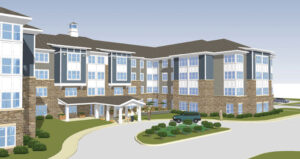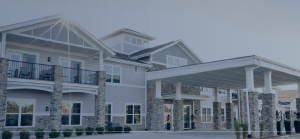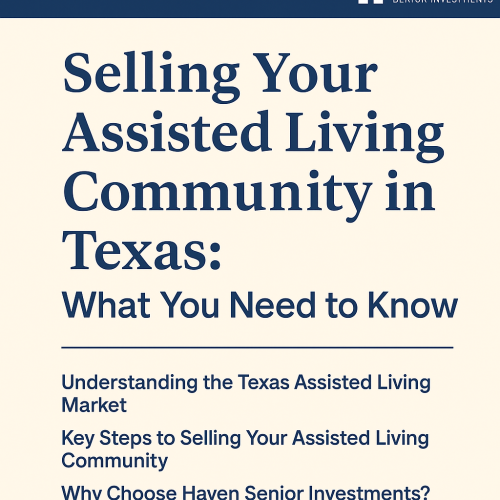In March 2022, the secured overnight financing rate (SOFR) data – a key benchmark for bridge debt – was at a comfortable 0.5%. This was associated with spreads between 150 to 250 basis points, resulting in a collective rate of around 3%. Fast-forward to today, and we observe a stark increase in the SOFR, now exceeding 5% with spreads stretching between 250 and 350 basis points. Consequently, borrowers could find themselves entangled in interest rates soaring above 9%.
Thankfully, many lenders require borrowers to secure rate caps, serving as a shield against volatile interest rates. However, these protective rate caps are on the brink of expiration. Coupled with their alignment with the benchmark federal funds rate, the costs to renew them have skyrocketed.
The world of Senior Housing borrowing is now navigating turbulent waters, grappling with unexpectedly higher monthly debt payments, costlier rate caps, and the juggling act of bridging capital between newer loans (burdened by higher rates and DSCR limits) and settling the maturing bridge debt.
Let’s explore the strategic pathways open to borrowers:
- Extend and Pretend: This strategy, increasingly popular in today’s market, involves leveraging the extension options available in numerous senior housing loans. The aim is to play the waiting game, hoping that extending for another year might lead to more favorable rates. Yet, the capricious nature of future rates, coupled with lenders’ insistence on new rate caps, necessitates securing extra funds.
- Refinancing: As loan deadlines loom, borrowers are fervently searching for competitive financing alternatives. But the current landscape, marked by higher interest rates and a 15-20% drop in senior housing values, makes it challenging to find fixed-rate debts that can cover the aging bridge debt. New bridge debts come with their hefty price tags, pushing borrowers towards finding supplementary capital.
- Loan Workout and Restructuring: Numerous lenders are open to discussing and crafting workout and restructuring deals. They might entertain the idea of tweaking loan agreements, extending deadlines, or offering a brief respite in the form of reduced interest rates. In essence, properties with strong backing and commendable performance can expect to find a supportive partner in lenders during these challenging times.
- Equity Partnerships: Oftentimes, borrowers are in dire need of additional capital, prompting them to knock on investors’ doors or seek alternative resources. While private equity investors are offering a lifeline in the form of “rescue capital” or preferred equity, there are strings attached, such as higher interest rates. These high-interest loans can stress properties, placing common equity shareholders at a disadvantage as they’re left last in the payout queue.
- Sale or Partial Disposition: For those finding themselves cornered with no way out, consulting a senior housing broker might be the key. Sometimes, letting go of their properties, albeit at a loss, can be the most pragmatic solution.
In conclusion, navigating these tumultuous financial times demands a nuanced understanding of each strategy’s advantages and drawbacks. Senior housing borrowers must arm themselves with knowledge and insights tailored to their unique situation, ensuring a secure financial future.







